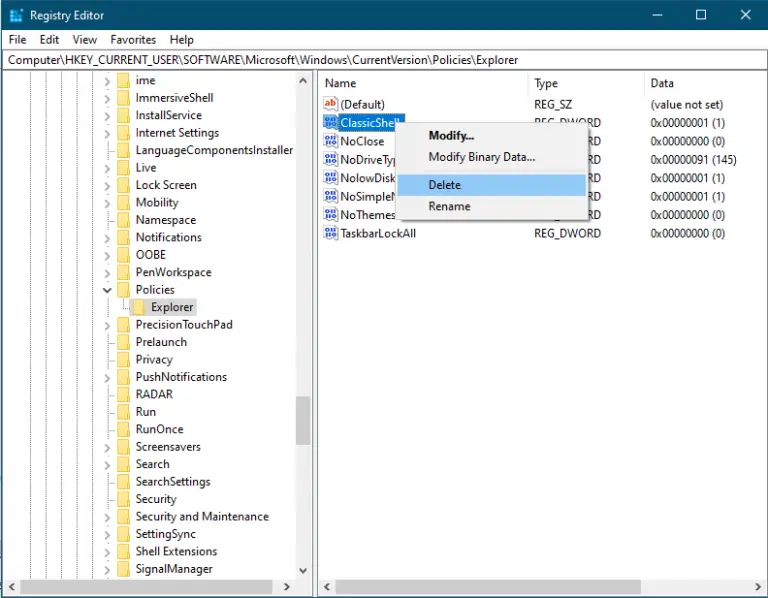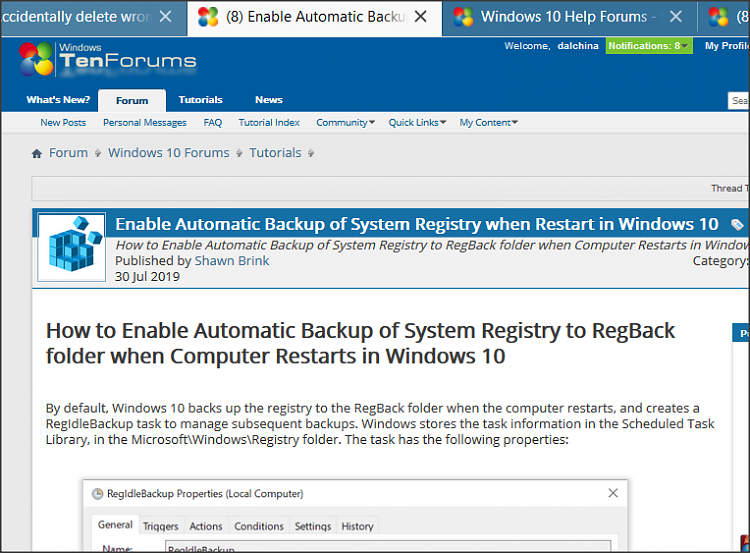



Here’s a selection of 7 tools that can remove these useless spaces and help restore a bit more performance, however small, back to the system registry.īefore attempting to use a tool like this, it’s highly recommended to back up your registry with a tool such as ERUNT from the author of NTREGOPT, or the Registry Backup tool. Programs that optimize the registry in this way don’t make any changes to the contents of the data itself or physically defrag the files themselves, they simply read the registry, remove all the slack spaces and then write the compacted registry files back to the system. Over time these constant changes leave gaps and spaces inside the registry which can degrade its performance, although in all but the most severe cases, this degradation is going to be very small.Ī process known either as compacting, optimizing or defragging your registry aims to eliminate these gaps and improve overall performance when accessing data from it. One of the problems with the registry is it can become fragmented over time because of the amount of data constantly being added to, changed or deleted from it. The Registry is very important in Windows because it stores information and settings for just about everything used by the system.


 0 kommentar(er)
0 kommentar(er)
